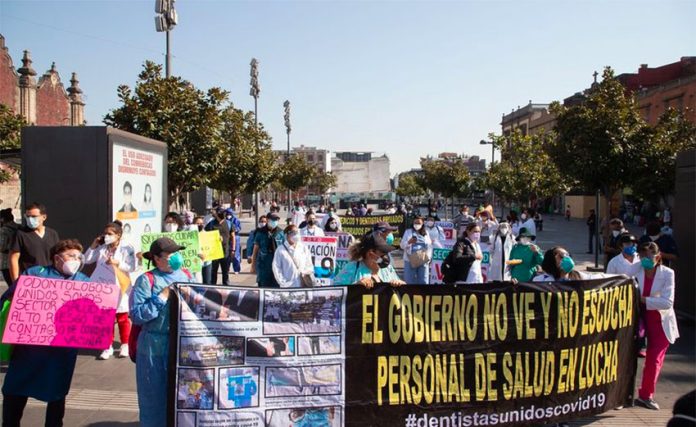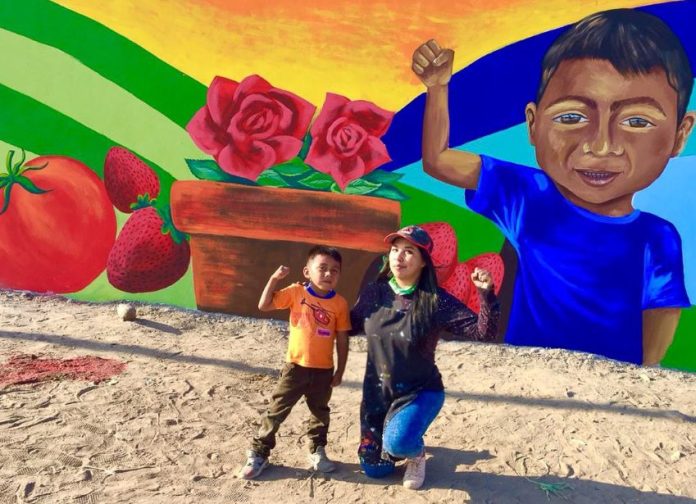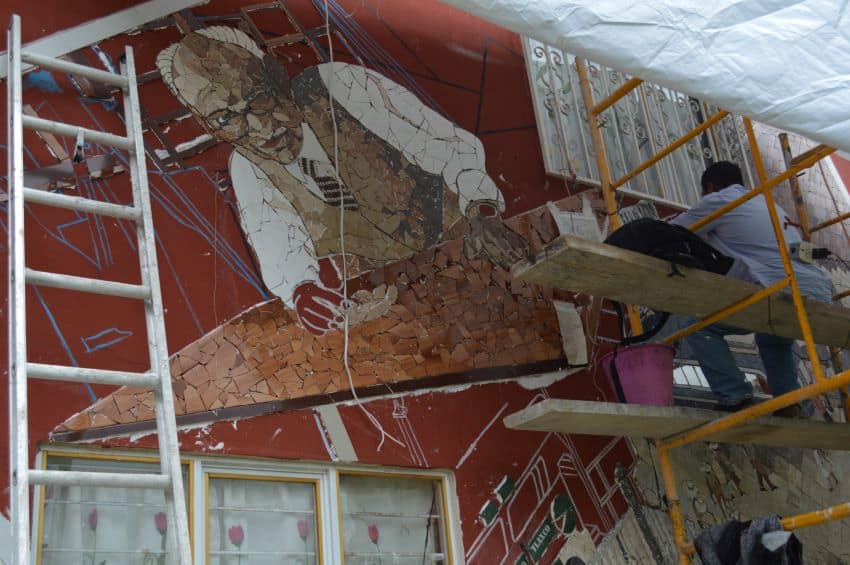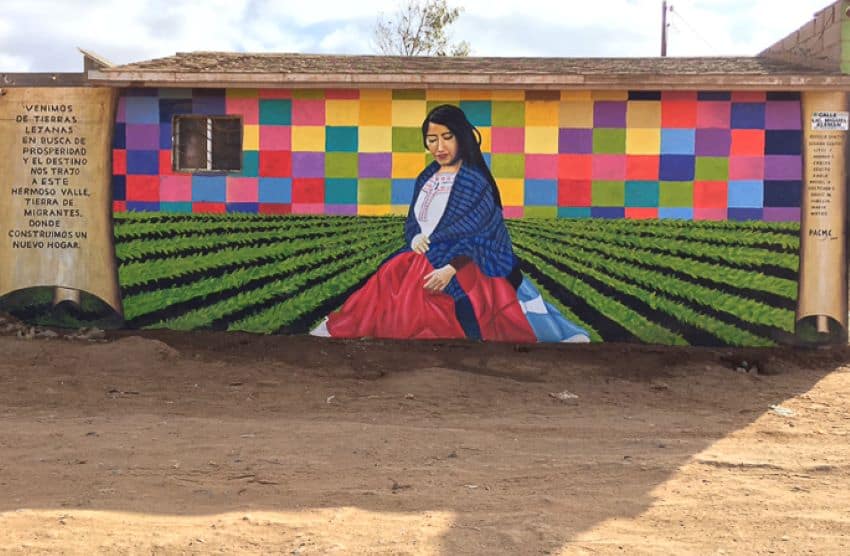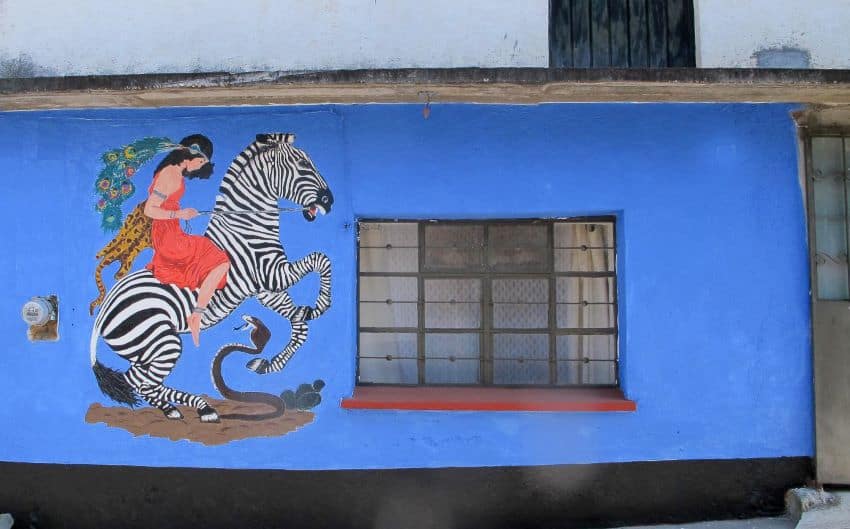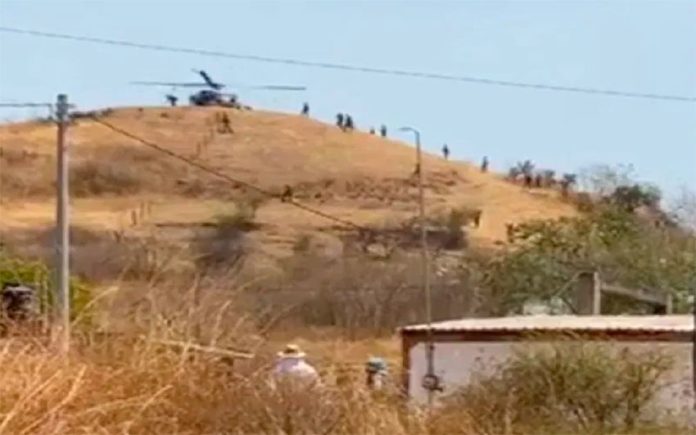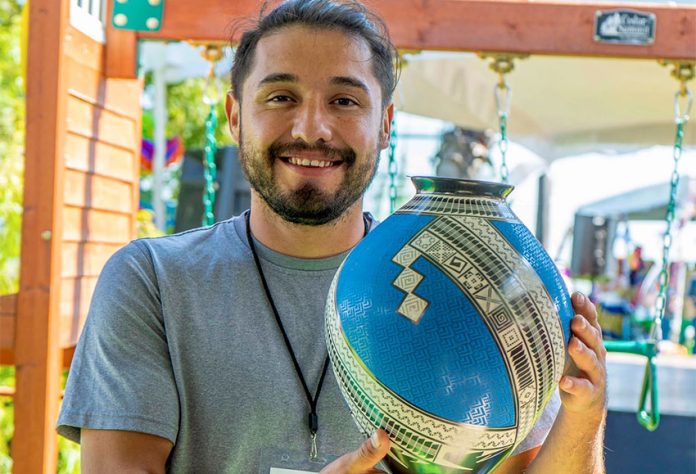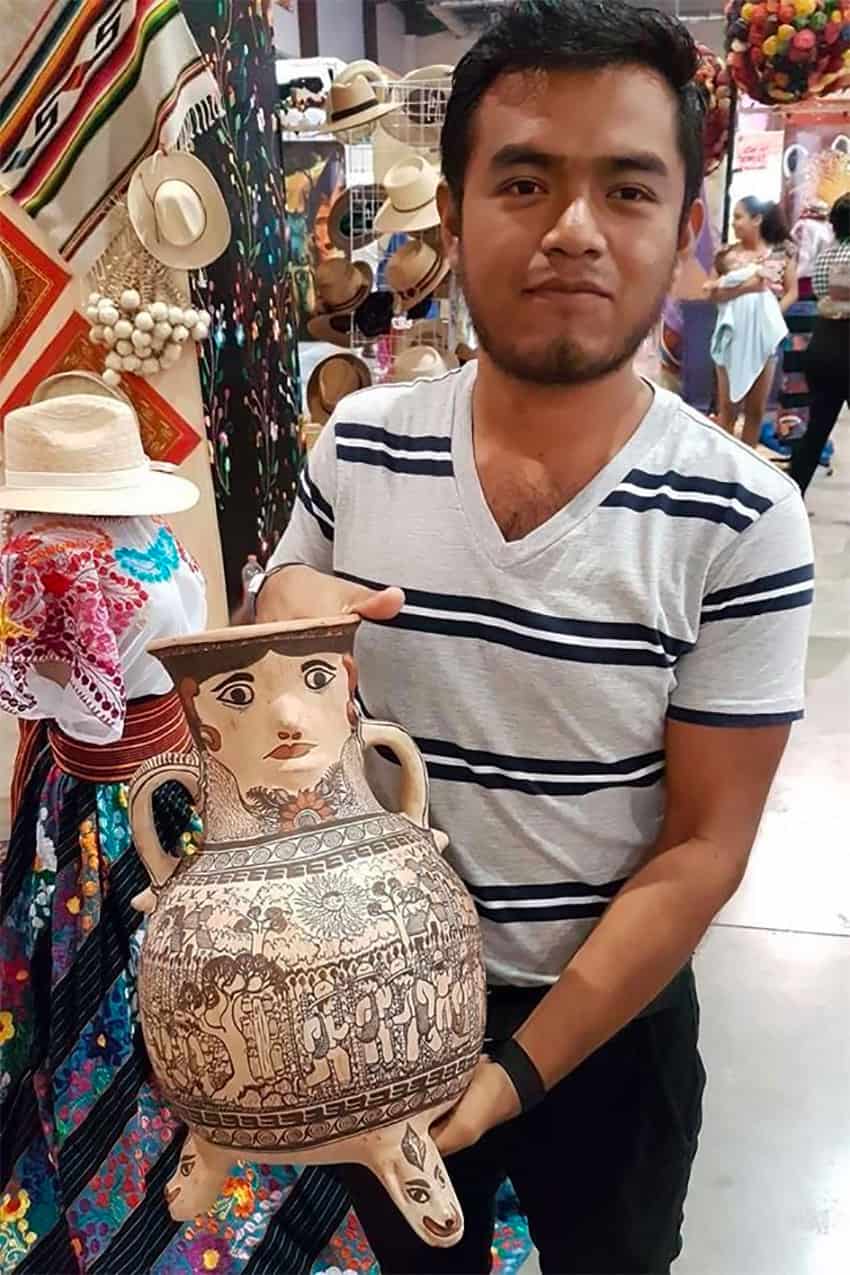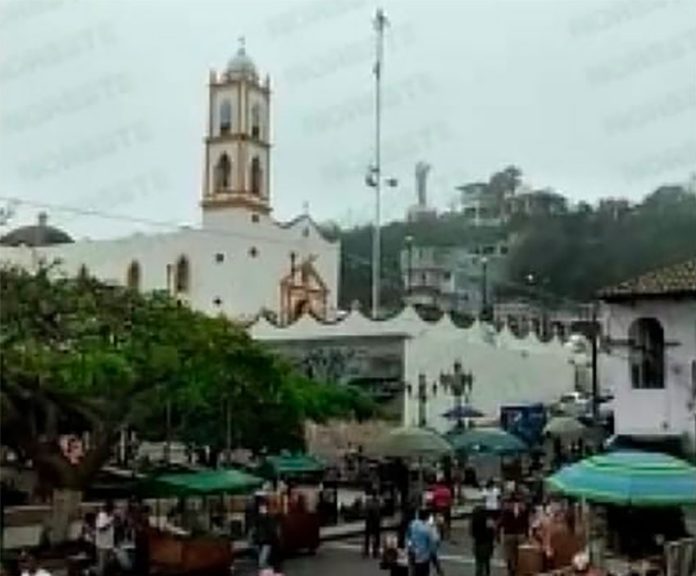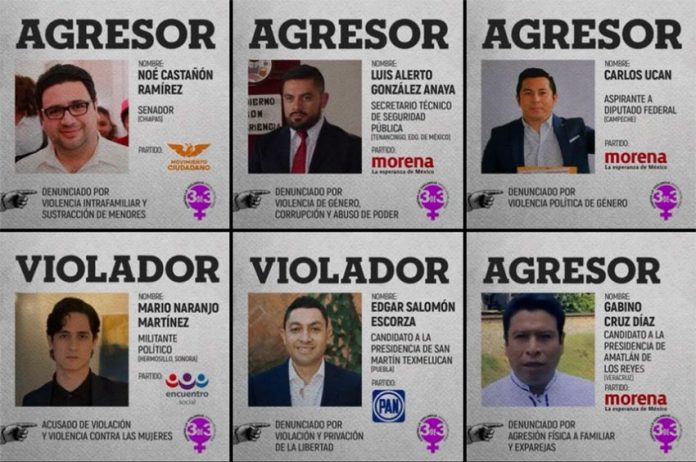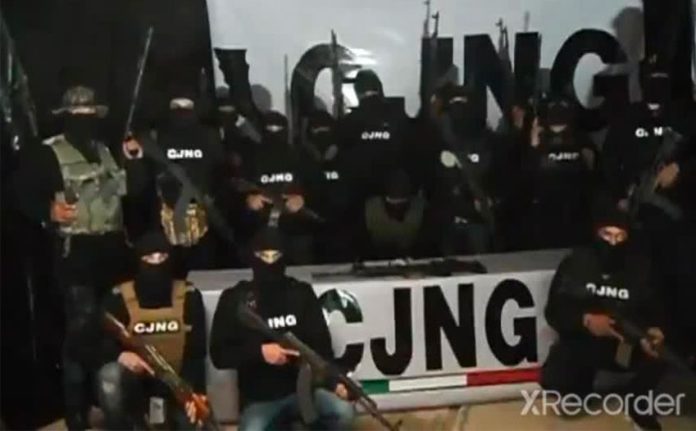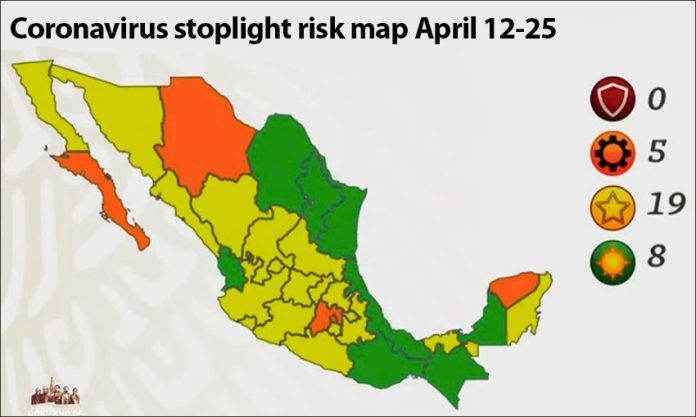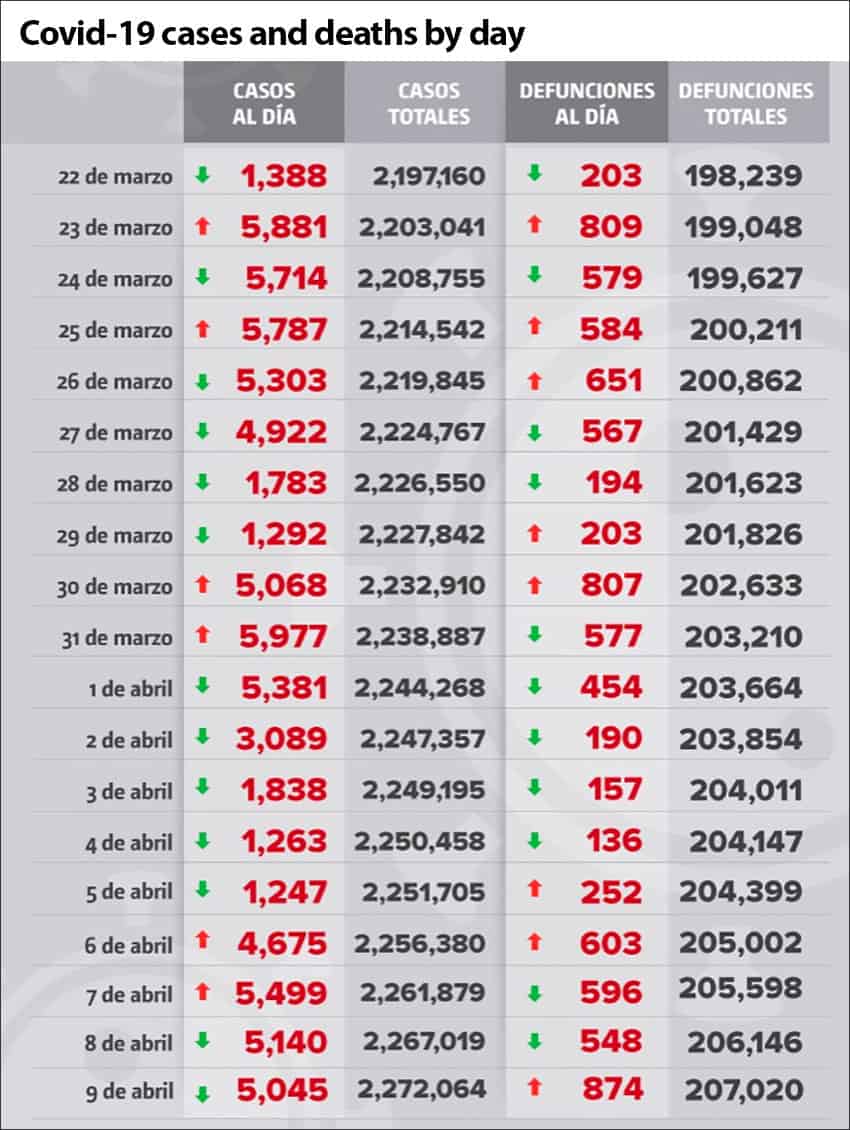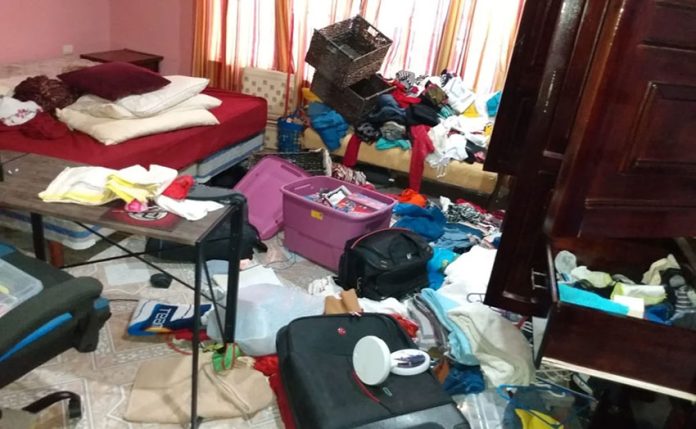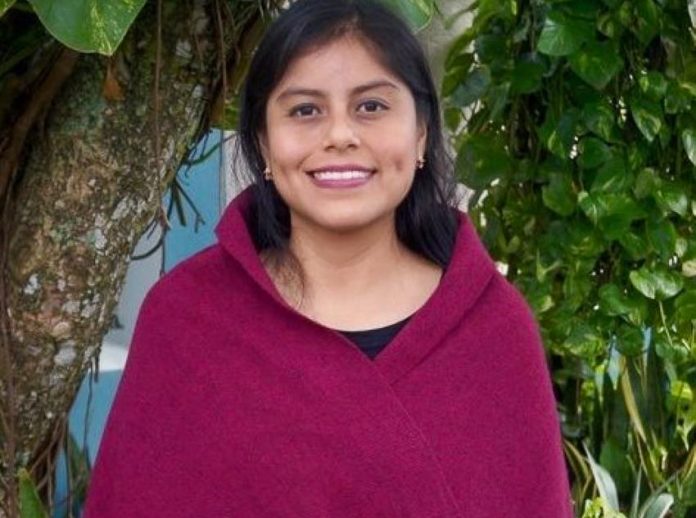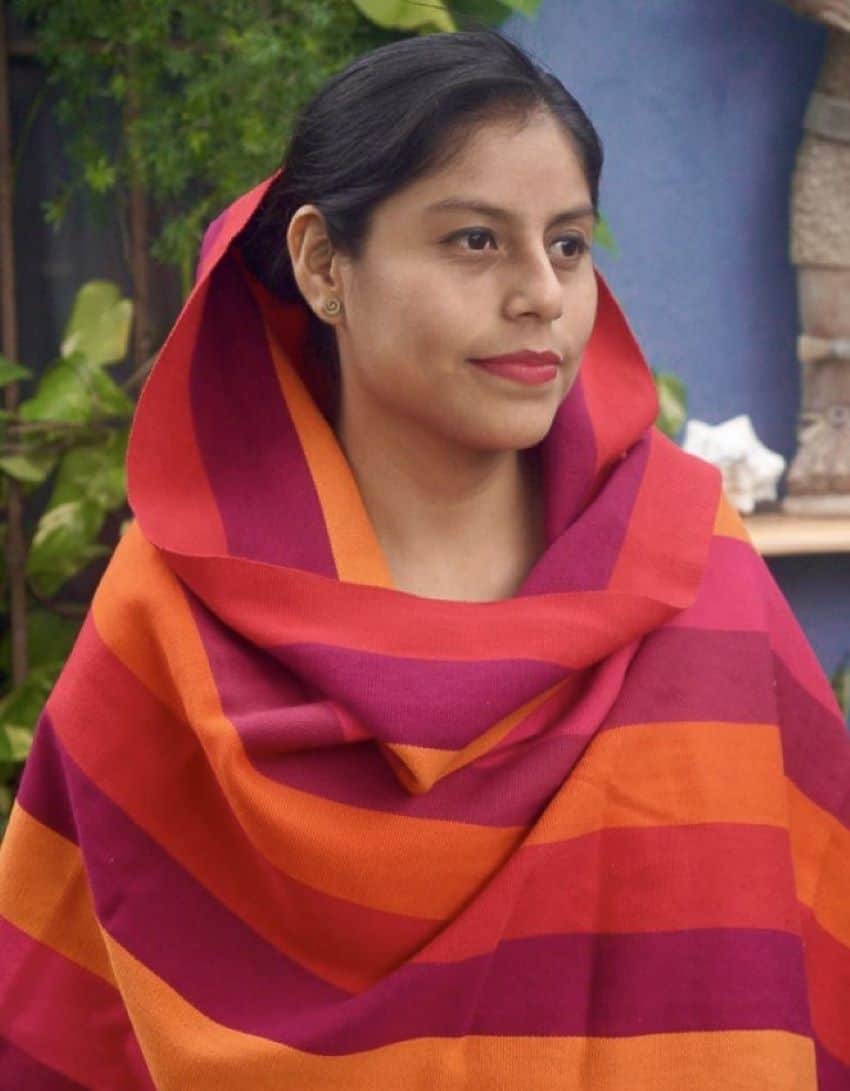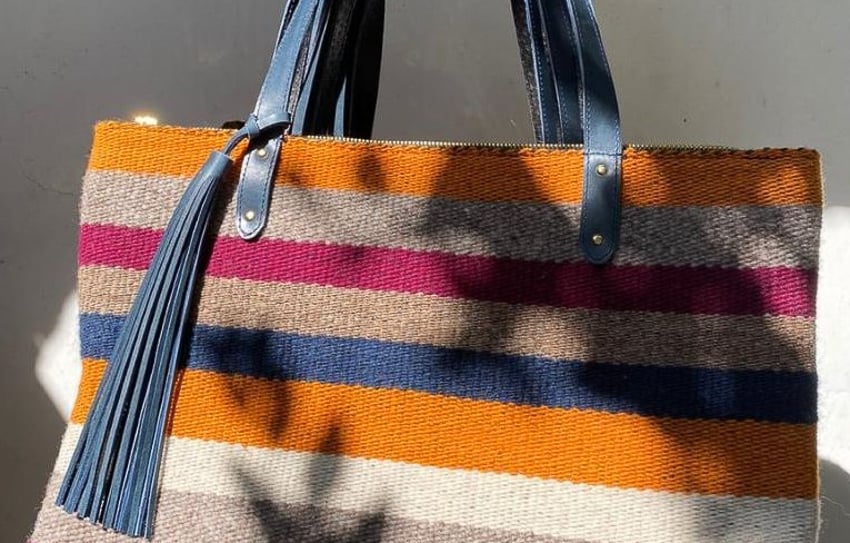President López Obrador has raised the ire of private sector health workers after telling them to wait their turn for access to vaccination against Covid-19, a disease which has claimed the lives of thousands of medical personnel in Mexico.
The president suggested Friday that private sector workers including dentists who have not yet been vaccinated wouldn’t be inoculated until the vaccine rollout reaches their age bracket.
Asked at his morning press conference whether the government had ruled out the possibility of giving private sector health workers early access to vaccination, López Obrador responded:
“No, no, because if I say that it is ruled out that will be the headline in Reforma tomorrow,” he said, referring to the newspaper that is frequently critical of him and his government.
After López Obrador indicated that private sector health workers would be vaccinated at the same time as other people of their same age, a Reforma reporter retorted that their early inoculation had effectively been ruled out.
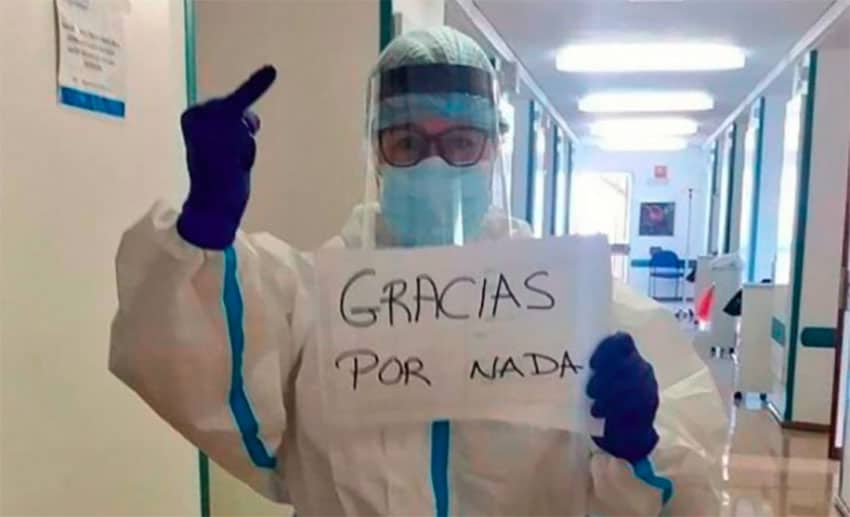
“No, well, that’s your interpretation, put it like that [if you like]. … With Reforma we can’t [see eye to eye] because Reforma is very angry with us,” the president said.
“… I understand the demand of the private sector doctors, we’re not throwing [their demand] into the waste basket but we already have a [vaccination] strategy that will help all of us,” López Obrador said before launching another attack against Reforma, alleging that its owners used their power to put governors of their choice in office in Nuevo León. Those governors, the president said, were mediocre and dishonest.
As for the vaccination strategy, he said, “…We’re being guided by what the specialists say and what matters most to us is to save lives.”
Although early inoculation of all health workers looks unlikely to occur, the government is planning to give priority access to the country’s more than 3 million public and private sector teachers and education workers.
Once all seniors have been vaccinated, “we’re going to allocate a week or 10 days to vaccinating all education workers, all of them. We’re analyzing [the possibility] of doing it with the CanSino vaccine, which is a one-dose vaccine,” López Obrador said.
He said that the mass vaccination of teachers could begin as soon as April 15 or 20, even though only about half of Mexico’s 15.7 million seniors have been vaccinated to date.
“… We believe that we’re going to finish vaccinating all seniors with one dose by about the 20th of this month so at the same time we’re going to start the vaccination of teachers and education sector personnel,” López Obrador said.
The president claimed that the media’s dissemination of private health workers’ complaints about not being vaccinated yet is part of a campaign to discredit his government.
He highlighted that he and other high-ranking members of his administration, including his health, defense and navy ministers, haven’t yet been immunized, although they could have easily gained access to a shot.
López Obrador pledged in January that both public and private health sector workers would have early access to vaccination but now appears to have reneged on part of that promise. According to the federal government, 90% of frontline health workers in the public sector have been vaccinated and 50,000 private sector doctors have received at least one dose of a vaccine.
But at least three private sector medical associations have called for the early inoculation of all health workers, according to Reforma, and private medical personnel themselves have protested to demand access to shots.
Another protest took place Friday outside the National Palace in the zócalo, Mexico City’s central square, where among the protesters’ placards was one that read: “Dentists work with saliva on a daily basis. Don’t ignore us.”
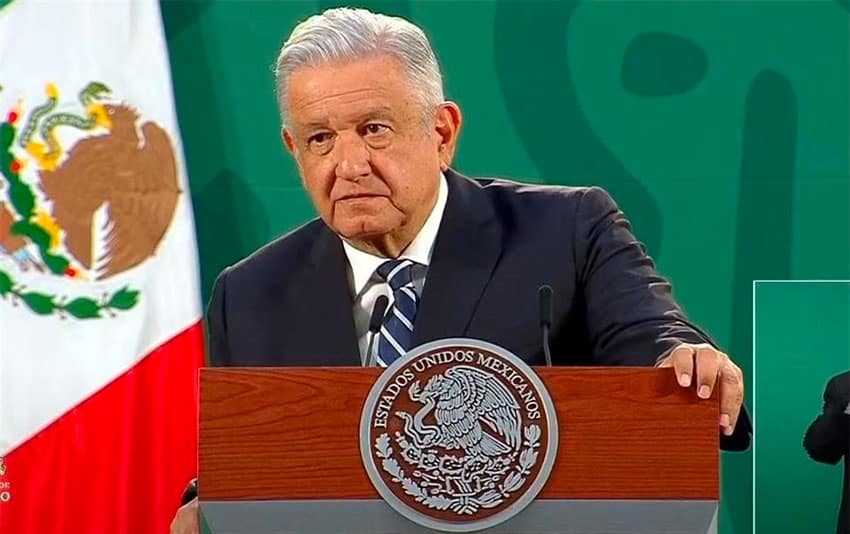
“We’re also at risk of being infected with Covid and we’re not considered in the vaccination plan at the moment,” a protesting doctor told the newspaper El Universal.
“We also treat people who are infected and therefore we are at risk. We demand that the president meet with us to establish a route through which we can [gain early] access to the vaccines. We don’t want to continue being relegated,” he said.
“I’m hurt, I’m disappointed with what the president is doing to us because what he’s doing is dividing the medical sector,” said Arlene Mendoza, an ophthalmologist who joined Friday’s protest in the zócalo.
In response to the president’s indication that private sector workers wouldn’t be prioritized, the director of the Mexican Consortium of Hospitals, which represents private hospitals, urged López Obrador to reconsider.
“You can’t go to war without soldiers; health sector workers are your soldiers at the moment and you have to support us,” Javier Potes said.
David Berrones, an ophthalmologist and spokesman for Vacunas Médicos MX, an initiative that is advocating the early vaccination of all health workers, described the decision not to inoculate all medical personnel as unfortunate and wrong.
Among those who have not yet been vaccinated are thousands of health workers who have been working directly with or had exposure to Covid patients since the start of the pandemic, he said.
“Practically half of the [health workers] still to be vaccinated are younger than 40,” Berrones added. “If we’re relegated to the final stage of the vaccination [plan] half of the health sector will be left unprotected.”
People aged 16 to 39 are to be vaccinated in the fifth and final stage of the national vaccine rollout, the schedule for which was modified by the government this week. According to the modified schedule, the inoculation of people aged under 40 will not commence until July and is not scheduled to conclude until March next year.
As of Friday night, just under 11 million vaccine doses had been administered in Mexico. Just over 754,000 (mainly public sector) health workers have been fully vaccinated while about 155,500 have received the first of two required shots.
The lion’s share of the doses used in Mexico have gone to seniors, almost 1.1 million of whom are fully vaccinated, meaning that they have received both required doses of two-shot vaccines or were inoculated with the single-shot CanSino vaccine. Another 7.4 million seniors have received their first dose of one of the four two-shot vaccines – Pfizer, AstraZeneca, Sputnik V and SinoVac – being used in Mexico
Source: Reforma (sp), El Universal (sp)
